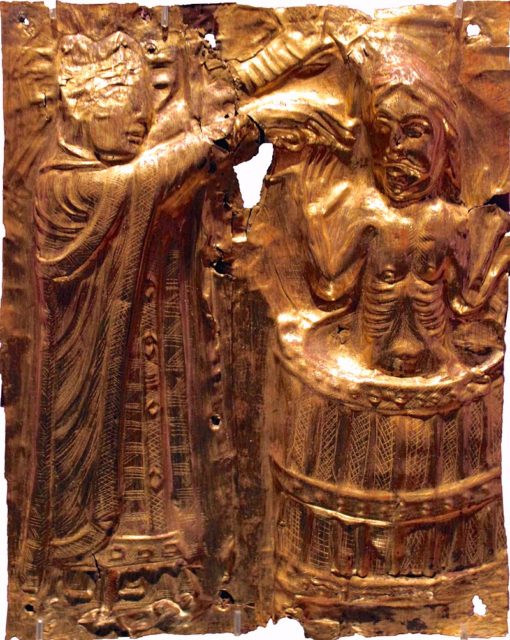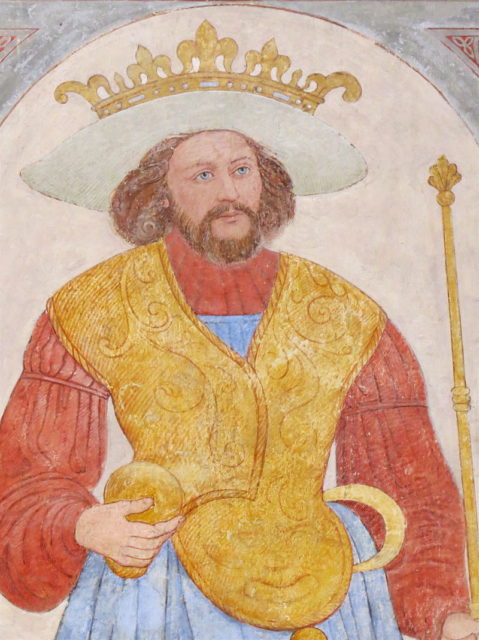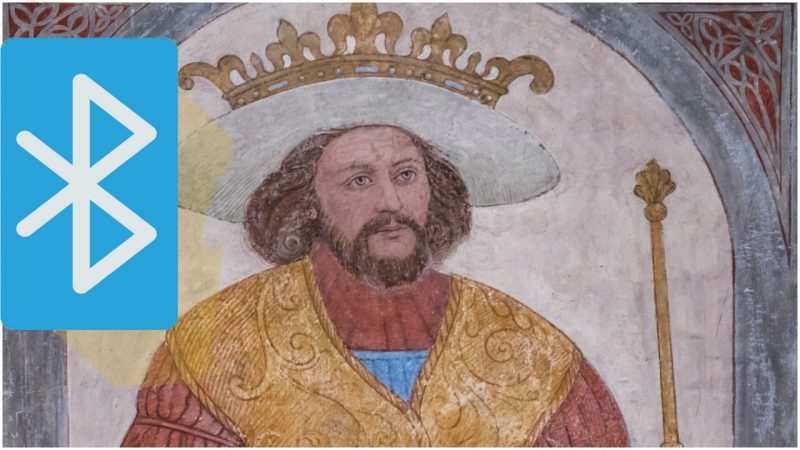In countless movies and TV shows, novels, and comics, Vikings have commonly been stereotyped as barbaric and vicious raiders whose brutality and unmerciful nature were well known across the Old Continent. However, with the excavation of more archaeological evidence about the legendary raiders of the North, it seems that they were not as uncivilized as depicted by others throughout the centuries.
Although the Viking’s violent raids are what most people think of first, their culture was actually far more complex, and as a matter of fact, it left a profound impact on other cultures and regions all over Europe and especially in the United Kingdom.
The demystification of the Vikings, who are known as one of the best traders of the era, includes some interesting facts about their cultural and technological impact as they often settled peacefully and lived in relative harmony with others.

Among the many things we owe to the Vikings are the countless Norse words embedded in modern English and of course, the founding of the city of Dublin. However, their cultural impact continues thriving in modern times and as it turns out, Bluetooth technology was actually named after a Viking king known as Harald Blåtand (Harald Bluetooth).
Over the years, exchanging wireless data has become an integral part of our everyday lives and it is thanks to the Bluetooth technology developed by Ericsson researchers in 1994 that we are able to do this. According to the Ericsson website, the researchers who created the now valuable technology actually thought that the name would be temporary and used it as a code name while working on the project. When the project was finished and a permanent name had to be chosen, several were proposed, including RadioWire and PAN (Personal Area Networking), but they ended up sticking with Bluetooth.
The king whose name they used was as exceptional at connecting people as the technology is in connecting devices. The exact year of King Harald Bluetooth’s birth is a matter of debate, but most historians agree that it was around the year 910. What is known for sure is that Harald Bluetooth was the younger son of Gorm the Old and Queen Thyra and was the man responsible for the unification of the factions of Denmark with those in south Sweden and in Norway.

His nickname, Bluetooth, first appeared in the Roskilde Chronicle from 1140 and there are several amusing explanations. According to one story, it is because the king had a rooting tooth that appeared to be blue.
The Ericsson website states another possibility: King Harald I of Denmark enjoyed eating blueberries so much he had blue teeth.
A third, but not less interesting theory, states that he often wore blue clothing, signifying his royal status.
Giving a name to the now famous technology was not an easy task and once the Swedish telecommunications company Ericsson decided that Bluetooth was the acceptable name, it needed a logo. The origin logo is just as cool as the story of the name and if you thought that it simply represented the letter “B” written with some strange font, you are wrong.

The well-known logo is actually made up from Nordic runes of Harald’s initials: “H” and “B.”
The year of King Harald “Bluetooth” Blåtand’s death is also a matter of debate. It is believed that the famous Viking king died around the year of 986, after being wounded in an uprising against him, allegedly led by his son Sweyn.
Apart from his historical significance, today the name of Bluetooth has become a household name thanks to the technology named after the king.
